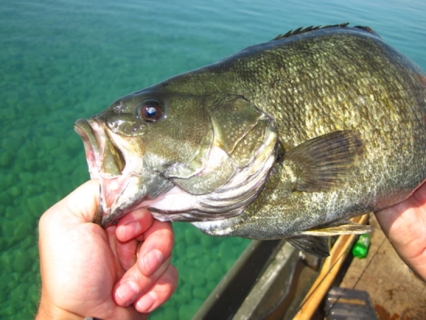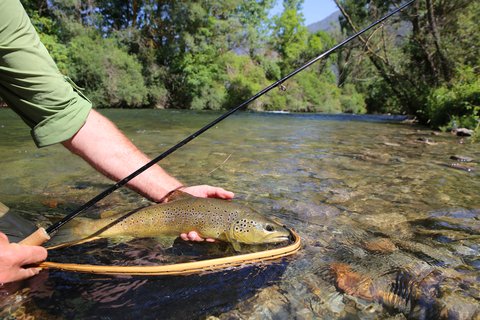The ability to read a trout stream plays a significant role in being able to catch fish consistently, yet many trout anglers do not take the time to survey a stream before they start casting.
Blindly casting into a trout stream can dramatically reduce your odds of success, and just one wrong cast can ruin any chance you have of catching a trout in a given stretch of water.
If you take the time to read the stream before you start casting and map out a plan of approach for each section of the stream, you will see a dramatic improvement in the number of trout you are catching.
Let’s begin with the basics. Trout like the transition zones of a stream where fast water meets slow water. They prefer to sit in the slow water of these transition zones, because it allows them to expend less energy than they would if they were swimming around in fast water.
The fast or faster water brings the food to the trout. They dart out from the slow water to snatch the food in the faster water and then return to the slow water.
Trout also like cover. This includes large rocks, dead falls, overhanging grass or tree branches – anything that provides some type of cover to hide from predators.
Now that you have a grasp of where trout prefer to hangout in a stream, you have the basic knowledge to read a stream. As you approach a section of stream, look for cover and transition zones. Transition zones can be where a falls or rapids enter a pool, an eddy, a seam where faster current runs along a quiet area or the tail of a pool.
Often cover is found along a transition zone or creates a transition zone, such as a large rock or deadfall in the water.
A helpful tactic when surveying a section of stream is to imagine the top five places trout may be holding in that area. Imagine you have five casts to make in this section of stream to catch a trout. Where will you place those casts?
One temptation when surveying a section of stream is to cast to the best or most likely holding area first. If that area is on the opposite side of the stream, this can be a critical error, because that cast will likely spook any trout between you and the opposite side of the stream.
The most effective tactic is to begin casting to the area that is closest to you. From there, systematically work your way out to the other areas to reduce the chances of spooking the fish. This tactic can result in taking two or three trout from a pool, rather than just one, which would have been the likely result if you had initially casted to the best looking area on the opposite side of the pool.
That temptation to cast to the best area can be especially strong when trout are rising to take insects from the surface. The initial urge is to cast to where the fish are rising, but it is important to stick to your game plan. Survey the stream and look for the best areas and begin casting to those closest to you. Often this can make trout that were not rising when you arrived go after your fly.
Catching trout depends heavily on being able to read a stream and determine where the fish are located. Now that you know the basics, you can begin surveying your favorite trout streams and devising a game plan to catch more trout.
© Goodluz | Dreamstime.com – Closeup of big brown trout being caught in net
Fish gallery
-
Fishing Files
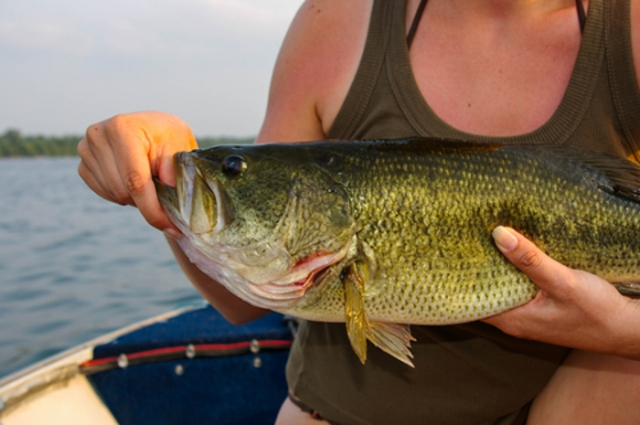
-
Striped Bass
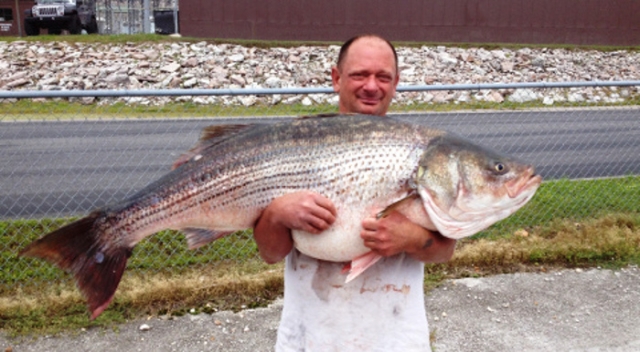
-
Fishing Files

-
Smallmouth Bass
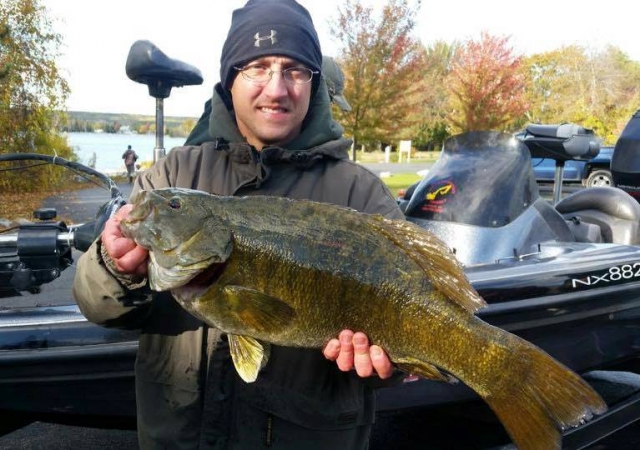
-
Fishing Files
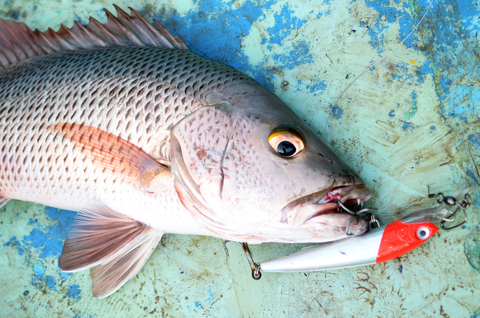
-
Fishing Files
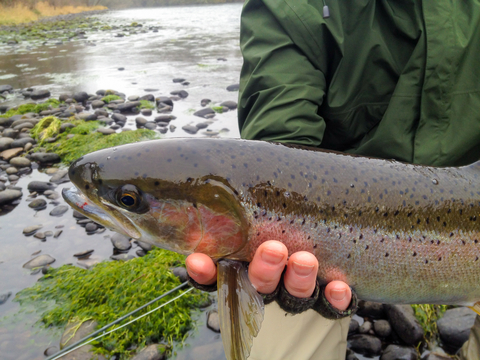
-
Largemouth Bass
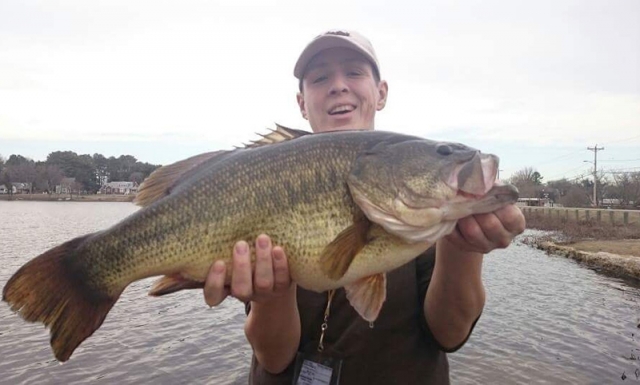
-
Fish fail in Russia
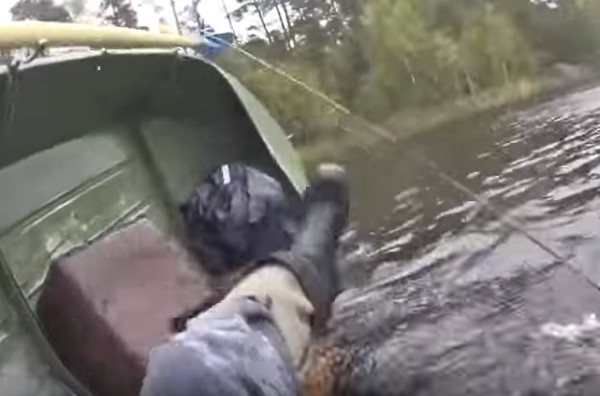
-
Bait fish
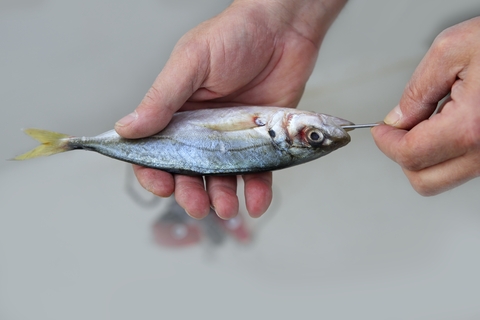
-
Fishing the weeds
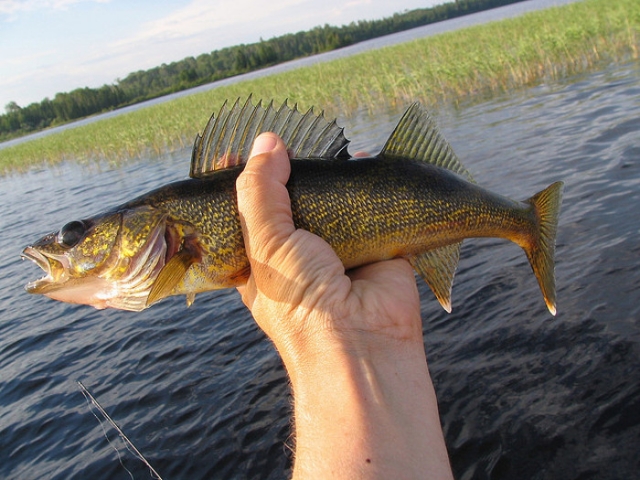
-
Fishing Waders
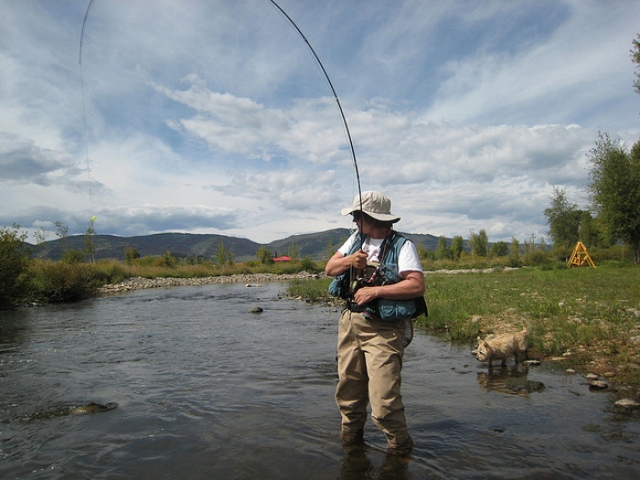
-
Old Man Fishing
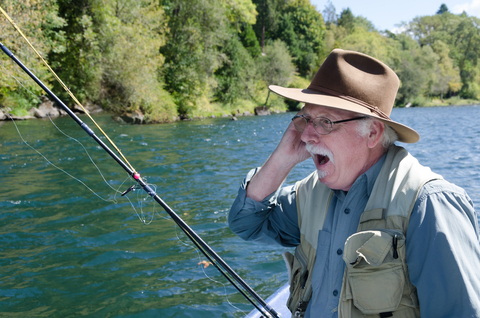
-
Fishing
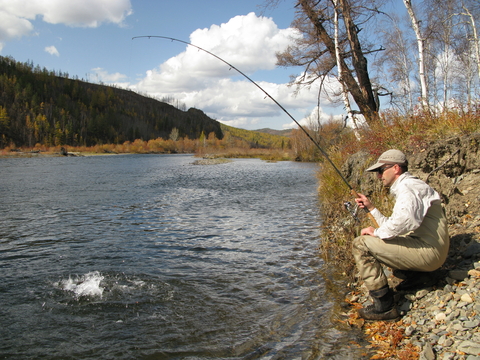
-
City Fishing
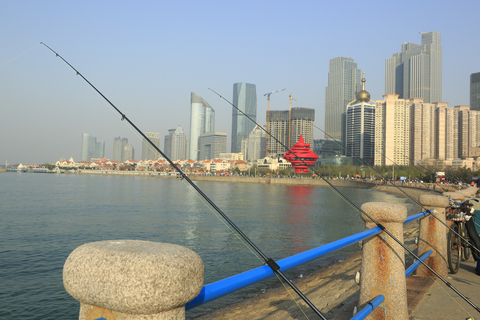
-
Fishing the cold
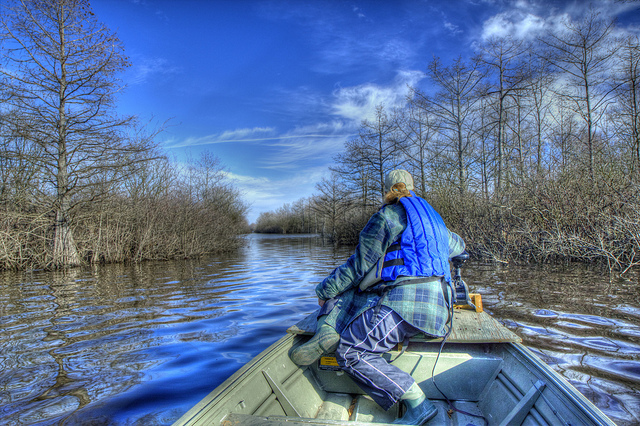
-
Fishing sunset
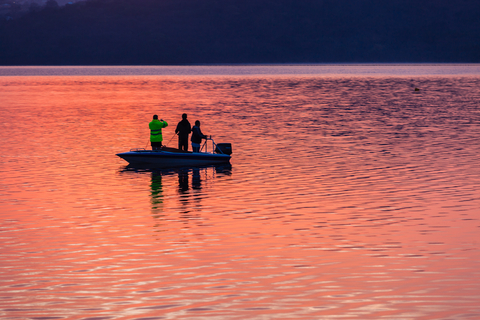
-
Bank fishing
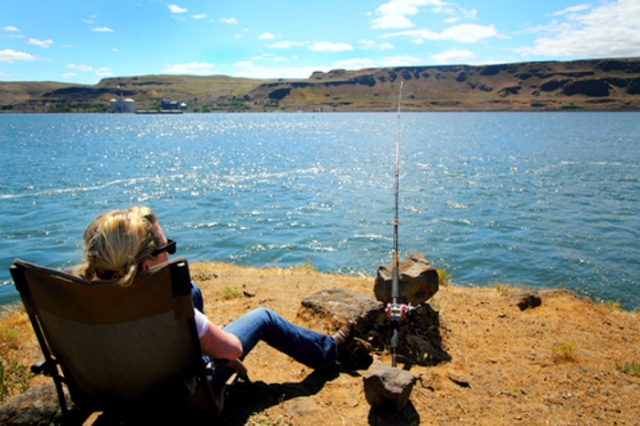
-
Day glow fishing boat
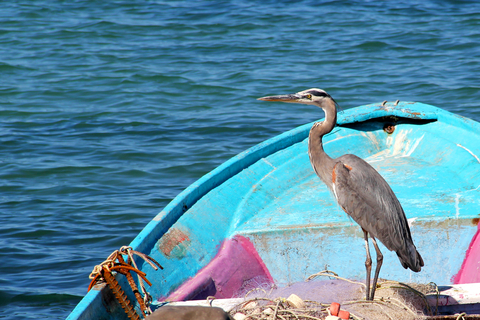
-
Fishing Pro
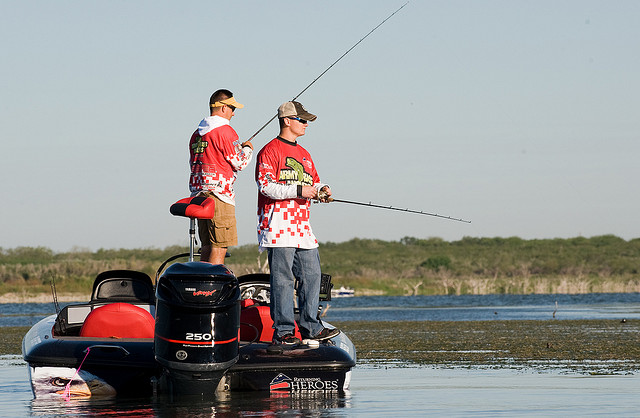
-
Fishing
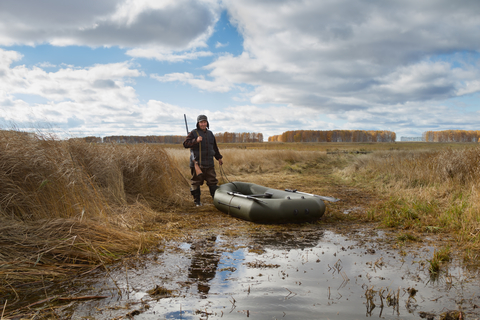
-
Fly fishing
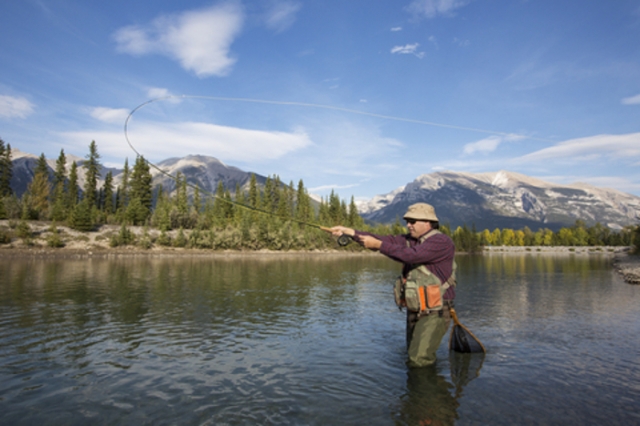
-
Fishing Files
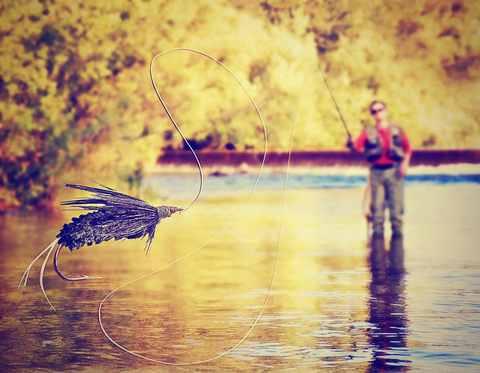
-
Fishing Files
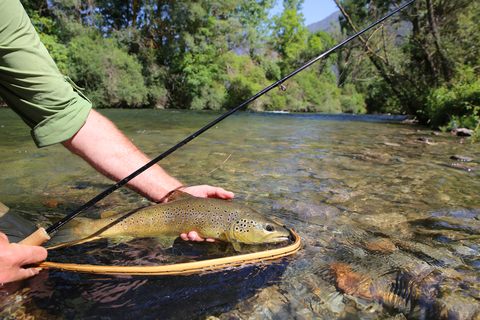
-
Fly reel
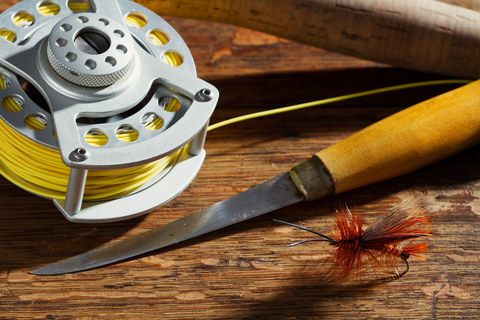
-
Gar Fish

-
Golden Trout
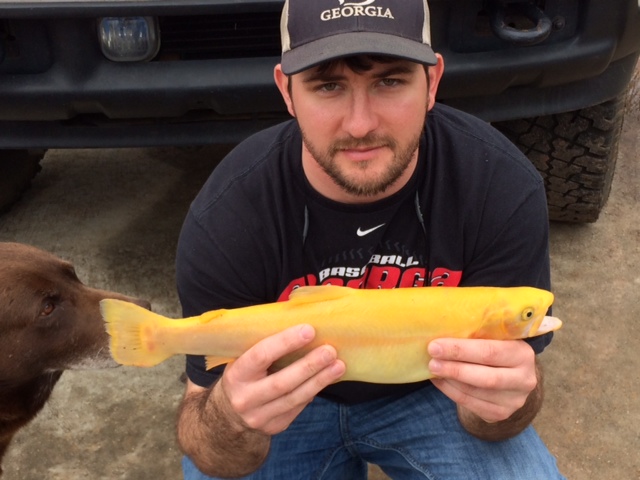
-
Ice Auger
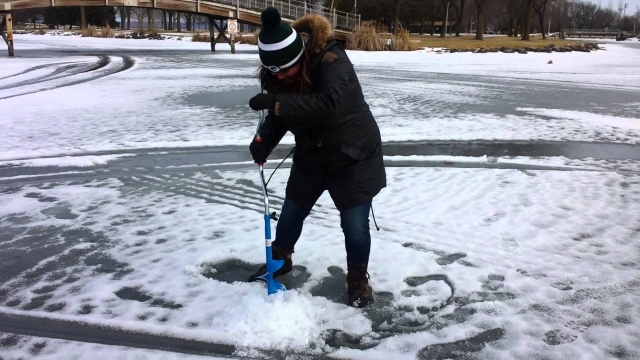
-
Ice Fishing
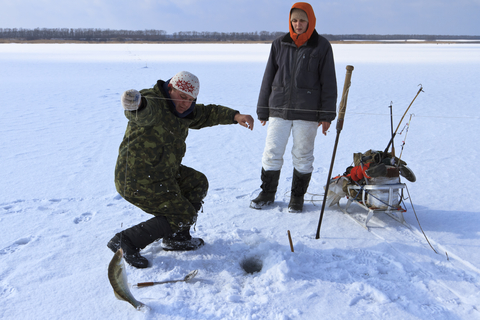
-
Halibut
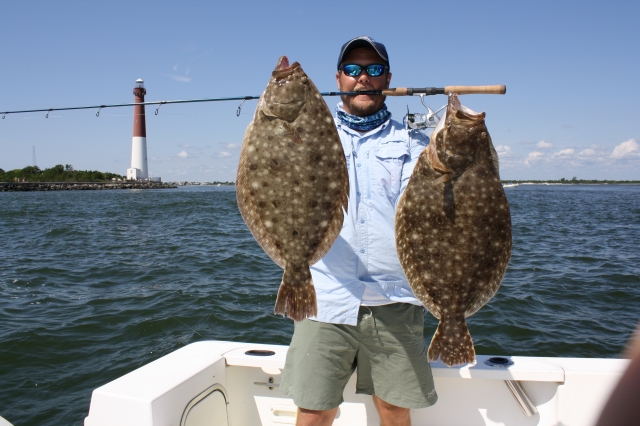
-
Bass Fish
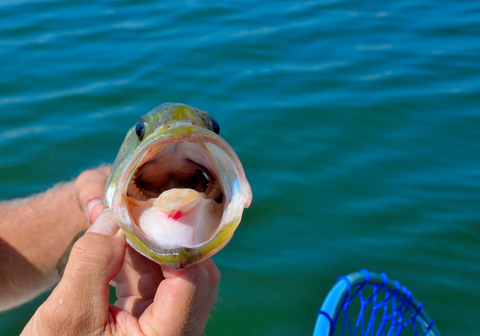
-
Lobster Dog
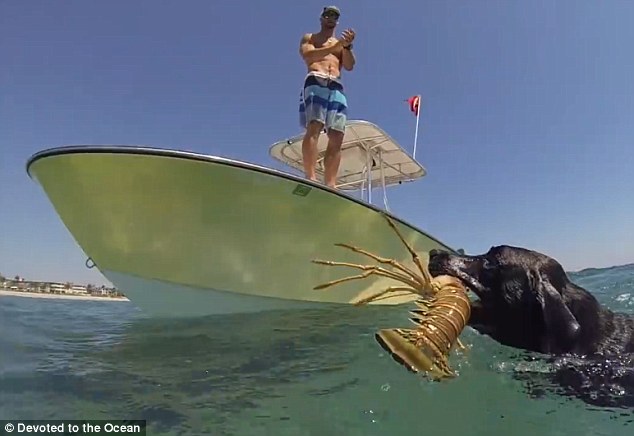
-
Marlin Fishing
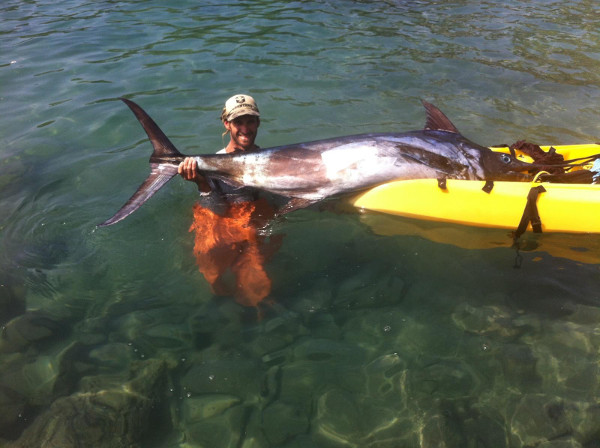
-
Muskie
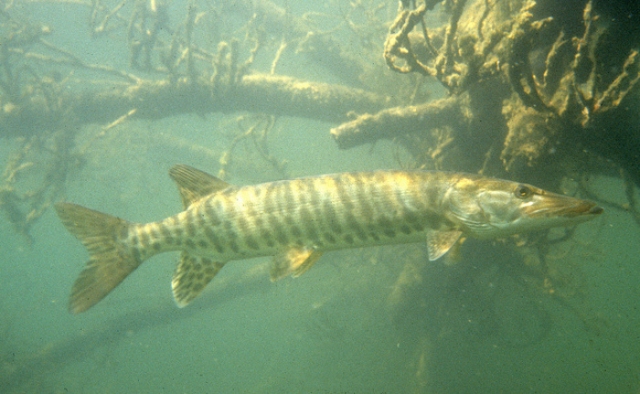
-
Fishing Files
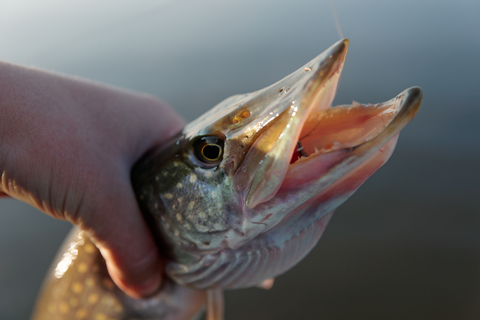
-
Nymph

-
Oarfish
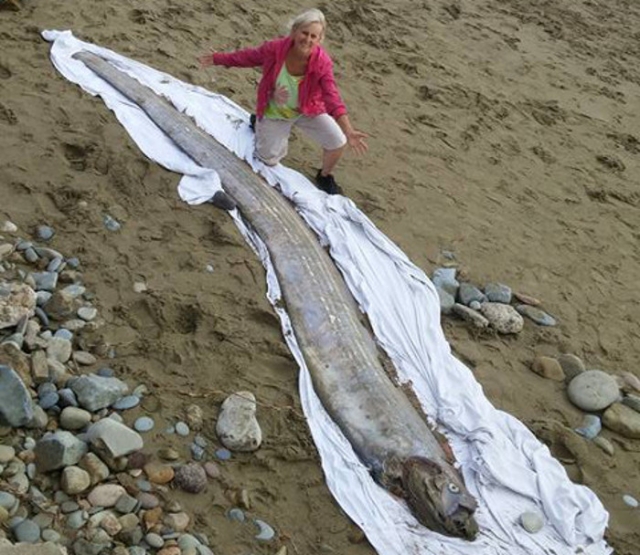
-
Obama Fishing
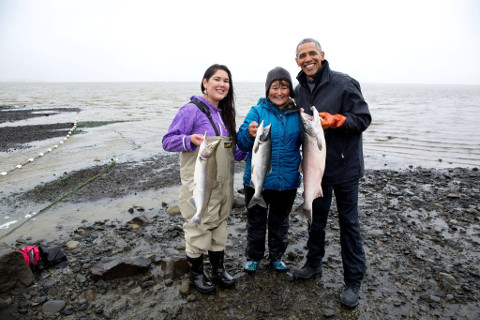
-
Panfish
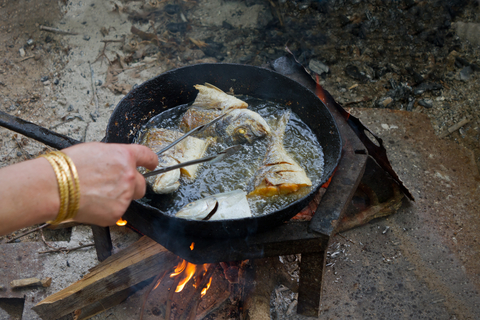
-
Pelican

-
Fishing Files
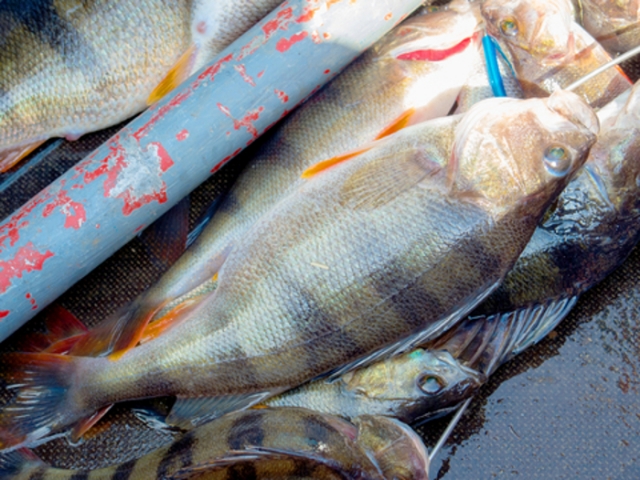
-
Fishing Files
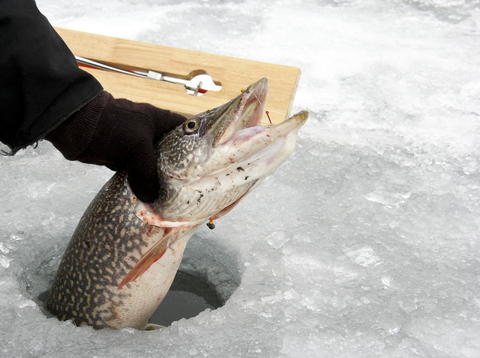
-
Fishing Files
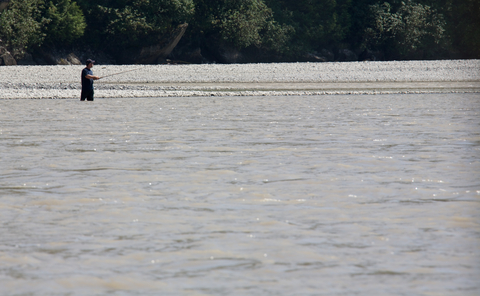
-
Fishing Files
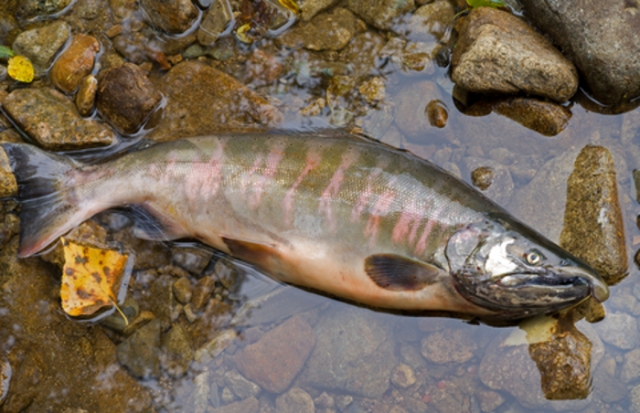
-
Fishing Files
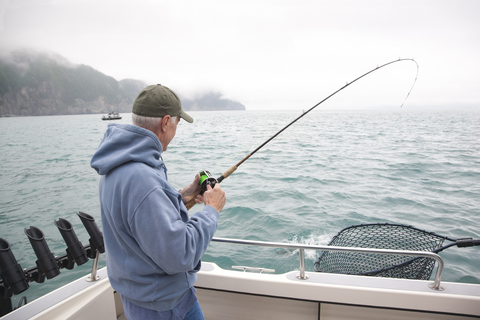
-
Fishing Files
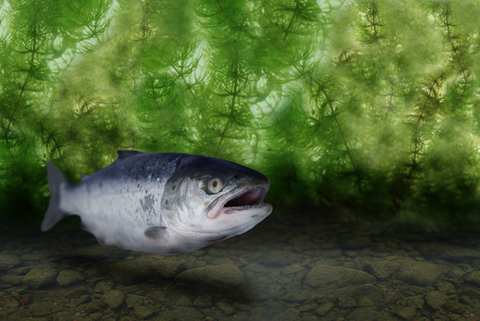
-
Fishing Files

-
Fishing Files
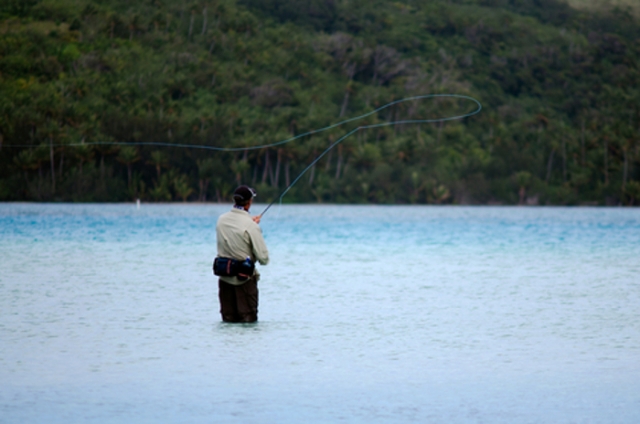
-
Fishing Files
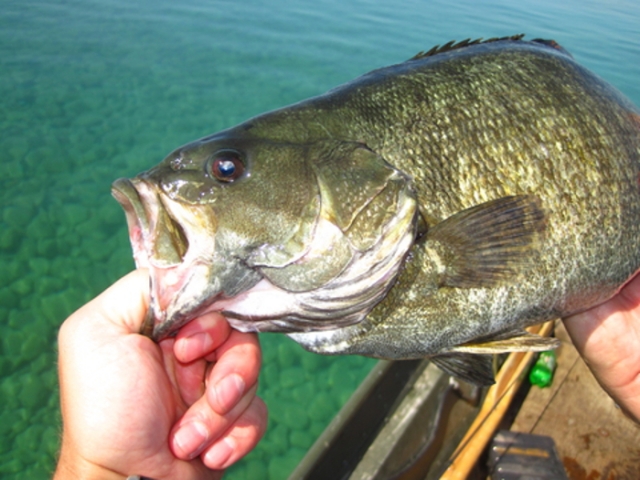
-
Snakehead
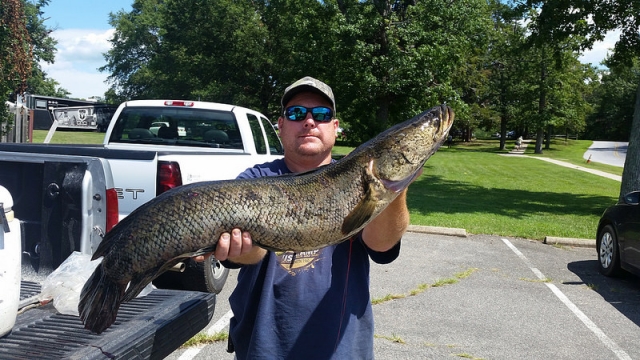
-
Spinner Shark
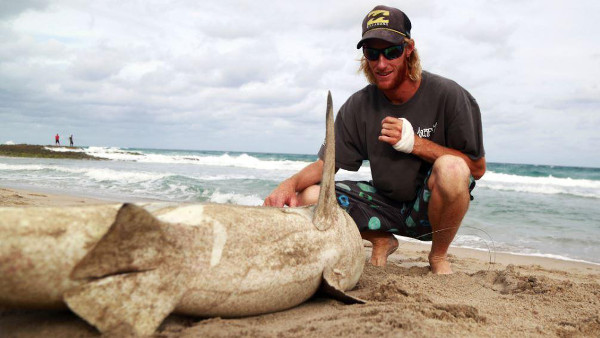
-
Spotted Bass
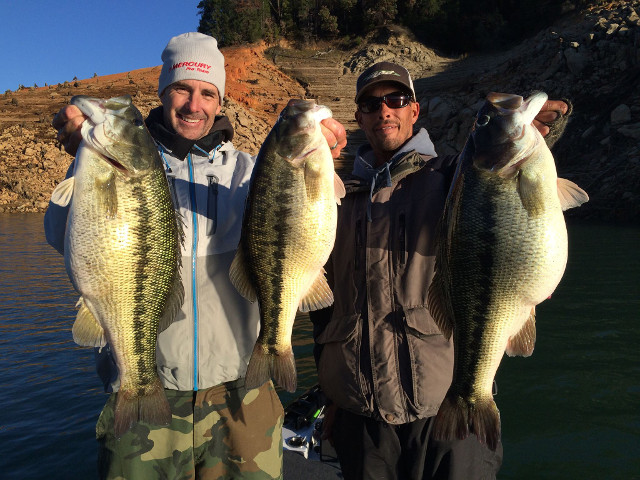
-
Striped Bass
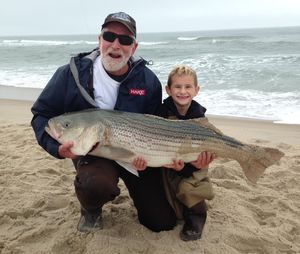
-
Sturgeon

-
Fishing Files
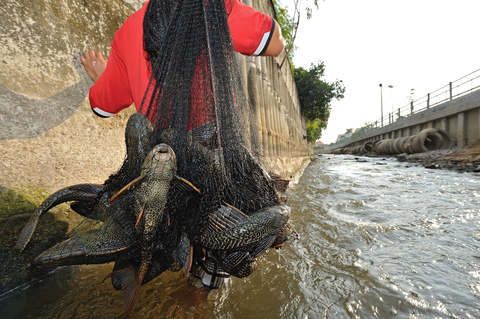
-
Trout Fishing
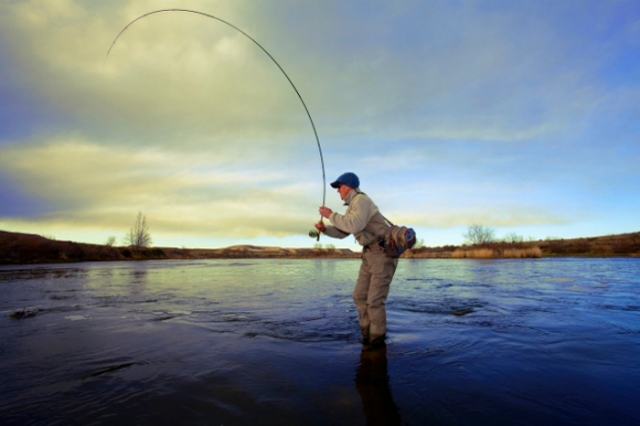
-
Fishing Files
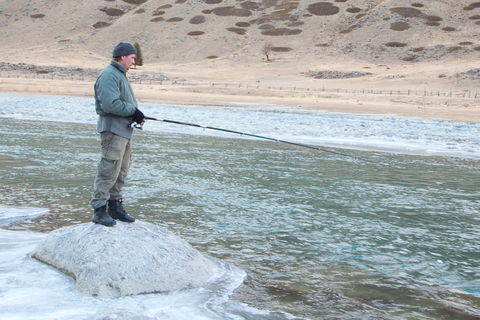
-
Fishing Files
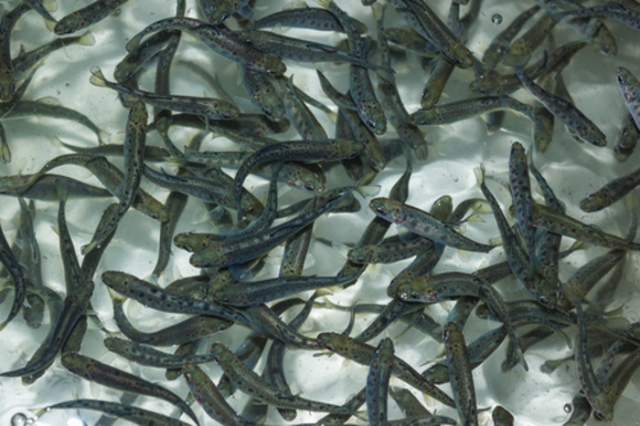
-
Fishing Files

-
Fishing Files

-
Northern Pike

-
School of Karanteen
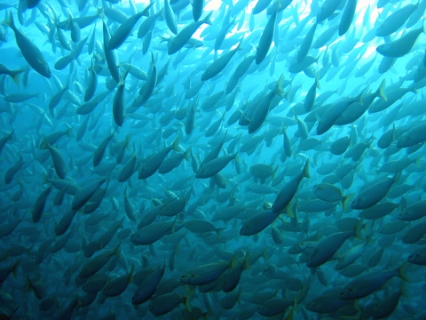
-
Walleye
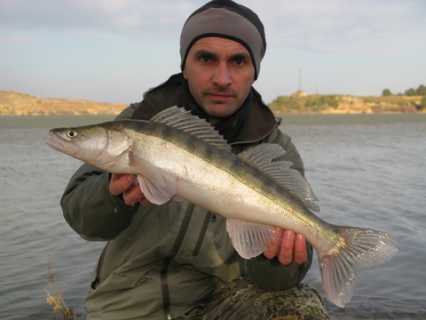
-
Goliath Grouper

-
Barracuda

-
European Chub
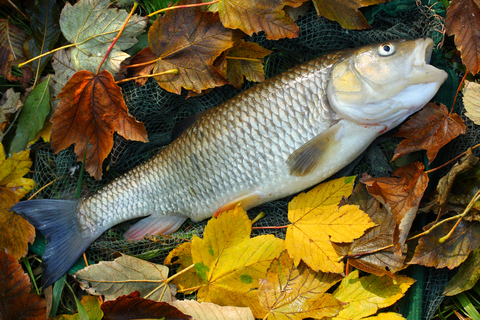
-
Drum Fish
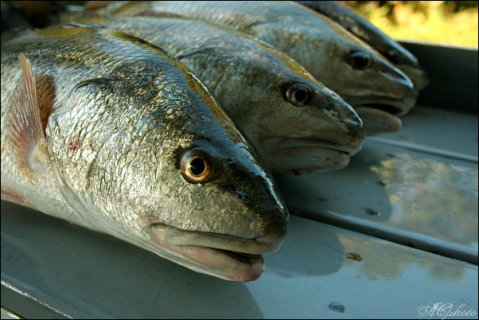
-
Grouper
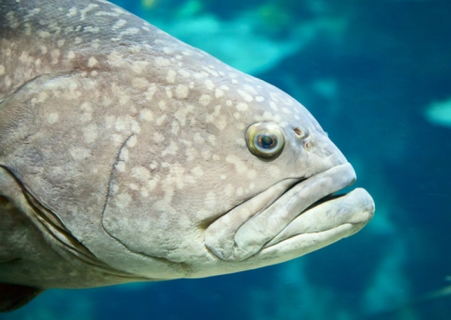
-
Blue Catfish

-
Catfish
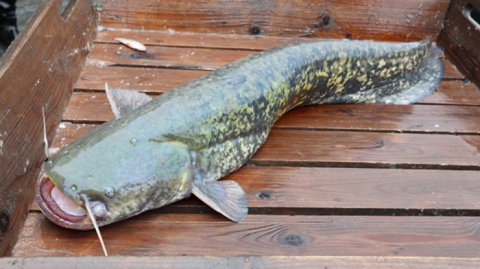
-
Star Puffer Fish
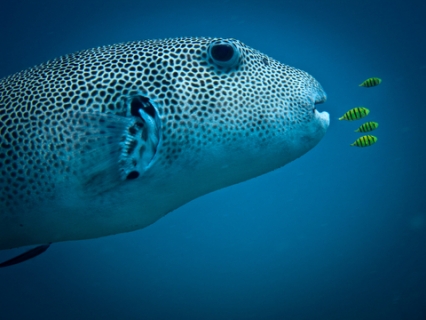
-
Napoleon Fish
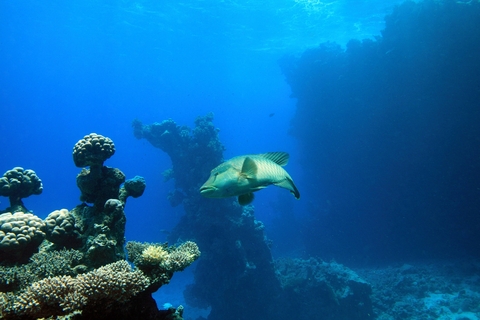
-
Smoked Trout
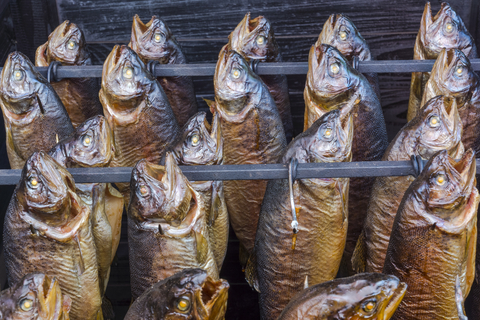
-
Perch

-
Smallmouth Bass
